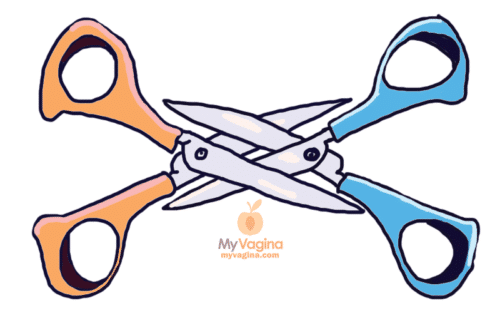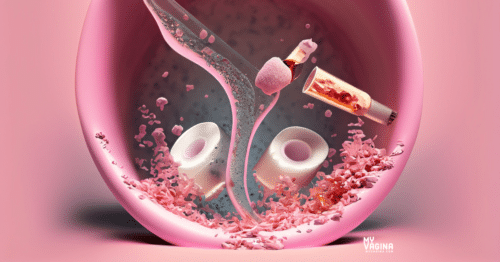Know your female anatomy
There are so many jokes about clueless guys not being able to find the clitoris, but it’s not that funny when it’s you who can’t find it, or worse, thinks you’ve found it, and it’s not it.
Knowing your anatomy starts with naming body parts and understanding how each one functions and how it relates to the other parts. The inner labia, for example, is highly vascular and extremely sensitive, whereas the outer labia are just not cut from the same cloth at all.
Knowing where everything is is your first job.
The best teacher of a body you have is your lover, so if you’re not sure, stop and ask for lessons. Each woman is a bit different, since her pelvic nerve bundles are packed in there somewhat higgildy piggildy compared to men’s pelvic nerve bundles, which means what feels divine to Kiara will be different to what feels divine to Rebecca.
The pelvic nerve bundles are one of the reasons why each woman is genuinely built differently to another when it comes to what gets them off.
The pelvic nerve bundles
Think of an orderly row of street lights standing to attention down your spine and into your pelvis. Those are your pelvic nerve bundles. Now think of a tangle of 100 fairy lights thrown into her pelvis. That’s what her pelvic nerve bundles look like. It’s now your job to find the access points, the sweet spots, to the bundle – from the outside.
Like a challenge? Good. You’ve got one. She might have no idea where these sweet spots are, so you may have a choose-your-own adventure on your hands.
The arrangement of these nerve bundles is why every woman can be so different in terms of what she likes and doesn’t like in terms of touch and sex, and why generally speaking men’s sweet spots are pretty predictable. Some women orgasm intensely from anal sex, while others just have no idea what the big deal is, despite a good effort – thank you nerve bundles.
These nervous arrangements are also why finding the magic set of areas on her body that she may not even know about is so important for her to be satisfied sexually. If you manage to find them, then you have to learn how to touch them, but that’s another story. (We suggest OMGYES for you both for this undertaking.)
You may not know, but the clitoris is more like the Starship Enterprise than a cute little button. It has legs and arms that get erect, just like your penis does, but inside her body. Your job is to give her a ‘lady boner’, or sex won’t work, just like with you.
If you are paying attention, you will see that a turned-on woman’s vagina and vulva are quite different to when she is not turned on or not turned on enough.









